DID YOU KNOW?
Botulism from cans of mushroom pieces
Botulism-tainted cans of Alaskan Salmon
Salmonella in salad bars
Salmonella in milk
Listeria tainted Mexican-style soft cheese from Jalisco
E. coli tainted hamburgers from Washington State Jack in the Box restaurants.
E. coli and salmonella tainted raw bean sprouts
Intestinal parasite cyclospora contaminated raspberries from Guatemala
E. coli from eating hamburgers from supplier Hudson Foods
Hepatitis A from a contaminated shipment of strawberries had been imported the previous year and mislabeled as ‘domestic’
Salmonella contaminated Toasty-O’s cereal from Malt-o-Meal Cereal Company
Listeria tainted hot dogs and lunch meats from Sara Lee
Listeria tainted frozen and prepared poultry products from Pilgrim’s Pride
E. coli contaminated Prewashed, bagged spinach from Dole
E. coli contaminated lettuce from Taco Bell restaurants in New Jersey, New York, Pennsylvania, and Delaware
Salmonella-tainted peanut butter from the Peter Pan and Great Value brands
Salmonella contaminated frozen pot pies
Salmonella infections attributed to a puffed vegetable snack
Salmonella infections affected people in 21 states from Dry Dog Food manufactured by Mars Pet Food Plant in Pennsylvania.
Recently KFC and Starbucks confirmed usage of products from dairies involved with China’s contaminated milk crisis. Both companies issued statements confirming their outlets used products provided by Mengniu, one of China’s largest dairy suppliers, after melamine was found in some of its milk products.
So just how safe is our food?
The FDA’s own statistics show that its inspectors sample only 1.3 percent of all food being sent to the United States from other countries and only an estimated 2.3% of US produced food. In a US News & World Report posted on 5/20/07, Nancy Shute writes, “Lately, the melamine scandal has left shoppers wondering whether imported foods can be trusted – a legitimate concern, given that many countries have less-than-sterling safety records, and an increasing percentage of what Americans eat comes from overseas. Clearly, the oversight system has big gaps. The Food and Drug Administration is responsible for monitoring 80 percent of the food supply (everything but meat, which the U.S. Department of Agriculture oversees), but the food inspection program has been underfunded for years, and the agency has little enforcement capability beyond asking companies for voluntary recalls. It is able to inspect less than 1 percent of the $60 billion of food imported each year.”
http://www.gao.gov/new.items/d08435t.pdf
http://www.medicinenet.com/script/main/art.asp?articlekey=86477
http://health.usnews.com/usnews/health/articles/070520/28food.htmThe Food Safety hearing was held in May 2007 to delve into the growing number of high profile — and deadly — breakdowns in the nation’s food inspection system, including the 2006 spinach E. coli cases and the 2007 pet food contamination. “Our food-safety system is broken,” former FDA Commissioner David Kessler told a congressional hearing on May 1, 2007. Kessler’s testimony states, “As just one symptom of the Agency’s condition, there has been a dramatic drop in the number of FDA enforcement actions. The number of inspections went down in recent years, and the number of warning letters issued by the agency dropped dramatically since 2000. It is difficult, if not impossible, to believe that this is driven by industry reform and the absence of violations. In fact, the number of recalls during this period increased significantly, suggesting that there are serious problems, not fewer.”
He went on to state, “The FDA regulates 80% of the nation’s food supply and products that involve more than 50,000 different manufacturers, processors and warehouses; yet it receives only 24% of the federal food safety budget, the majority of which is directed to the US Department of Agriculture, which is not a public health agency. As a consequence, FDA has an insufficient number of inspectors to handle the workload and must increasingly rely on the industry to police itself. During my last year as Commissioner, there were around 3 million FDA regulated products imported. This year, there will be about 20 million imports. Yet there has been no increase in staff for inspections.”
Additionally, he made the point, “When it comes to protecting consumers from unsafe food products, the problems are even more dramatic. Currently, FDA has no mandate for leadership on prevention of food safety problems, no funding to do important research to find ways to prevent food-borne illness, and no tools to hold companies accountable for implementing food safety measures and taking quick action when a problem is discovered. The fact is that the federal government has more authority to halt the distribution of dangerous toys than it has over unsafe food products. Because the process is entirely voluntary, FDA has no ability to verify that the manufacturer has in fact removed an unsafe product from the marketplace promptly and thoroughly. And, in contrast to the federal government’s authority over recalls of toys, cars or medical devices, FDA has no ability to impose fines on a company that is slow to act.” (http://oversight.house.gov/documents/20070501193354.pdf
Less than two weeks after Kessler’s testimony, the USDA declared that 56,000 pigs fed melamine-tainted feed were safe for human consumption. They concluded that “Testing of meat from swine exposed to the feed in question confirms that melamine and melamine compounds does not accumulate in pork and is filtered out of the body by the action of the kidneys. The testing also bolsters the conclusions reached by a human health risk assessment that there is a very low risk of human illness from the consumption of meat from animals exposed to the feed in question. Swine known to have eaten this feed appear healthy, which will be confirmed as these animals undergo the rigorous inspection that FSIS provides for all meat and poultry prior to processing.” http://www.usda.gov/wps/portal/usdahome?contentidonly=true&contentid=2007/05/0144.xml
AMERICAN DREAM AT RISK
Many of the Founding Fathers feared the concentration of power “in a few strong hands” and saw this as the deadliest enemy of a free society. The most dramatic social experiment in history, the “American Dream” has been threatened by the recent decline of family farming and is even more vulnerable with the current economic climate which will see the demise of many independent enterprises, an increasing wealth gap, a crumbling internal economy, human and economic friction amongst trading partners, family farmers driven from their land, and small, privately owned businesses becoming extinct, ultimately will leave millions of Americans either directly or indirectly dependent on government handouts for existence.
Green Economics or “Raw Materials Economics” economics is not a new concept. Benjamin Franklin and Thomas Jefferson are credited with the “birth” of the concept, and it was Franklin, in an article regarding national wealth, titled “Positions To Be Examined,” dated April 4, 1769, who published the position in 12 concise and understandable terms.
I have quoted only a few of the points that Mr. Franklin posited (Using the original spelling and grammar protocols of 1769). You can see the entire list at http://www.historycarper.com/resources/twobf3/position.htm:
1. All Food or Subsistence for Mankind arise from the Earth or Waters.2. Necessaries of Life that are not Foods, and all other Conveniencies, have their Values estimated by the Proportion of Food consumed while we are employed in procuring them. ………………………….
12. Finally, there seem to be but three Ways for a Nation to acquire Wealth. The first is by War as the Romans did in plundering their conquered Neighbours. This is Robbery. The second by Commerce which is generally Cheating. The third by Agriculture the only honest Way; wherein Man receives a real Increase of the Seed thrown into the Ground, in a kind of continual Miracle wrought by the Hand of God in his Favour, as a Reward for his innocent Life, and virtuous Industry. “
The early American economy was raw material or resource-oriented. The focus of gaining territory rich with natural resources led Americans into and through the industrial revolution, with raw materials and resources considered the wealth of this new nation. The dream of owning property that could support a family business based on the resources provided by the land in order to feed, clothe and care for that family was intrinsic to the wealth of a family.
During several periods in this century, as in the 1950’s 1960’s, when the U.S. economy enjoyed full employment and controlled debt expansion, fully half of the market for manufactured goods remained in rural America, which is where the raw materials were extracted or produced, then used to create products that were transported via trade channels for consumption by other neighboring rural areas, urban hubs, counties, states and, when there was a surplus, shipped to other countries.
However, with the focus on consumption and instant gratification as the economic growth impetus, eventually changes from the late 60’s and early 70’s led to the banking and stock market crises of 2008. Now many are investigating, teaching, and leading us around the spiral to the “Green Economics” of the 21st century; defined by the call for products made from sustainable, renewable resources and conservation of natural resources, as well as finding alternatives for those resources that may be depleted or close to exhausted — not the least of these is safe food products & clean water.
Stay tuned … future articles will explore topics such as:
- What is happening to the American farm?
- What is happening to the American food supply chain?
- Can government help?
- What can we do?
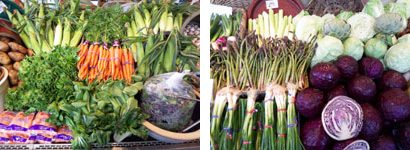
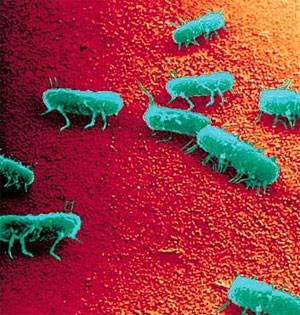
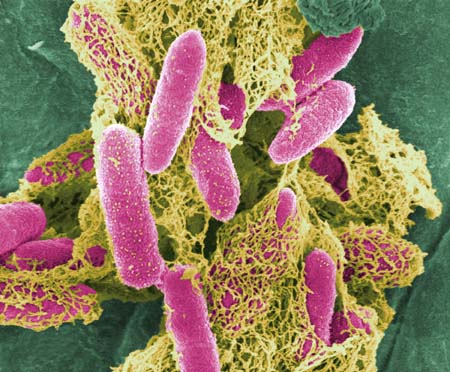
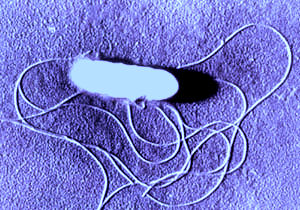
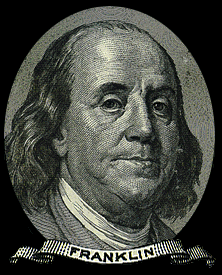
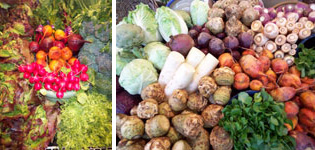


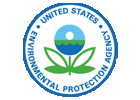







![Washington State Water Quality Assessment [303(d)] Washington State Department of Ecology](http://www.rosemerena.org/home/wp-content/uploads/2009/03/ecy_logo.gif)

